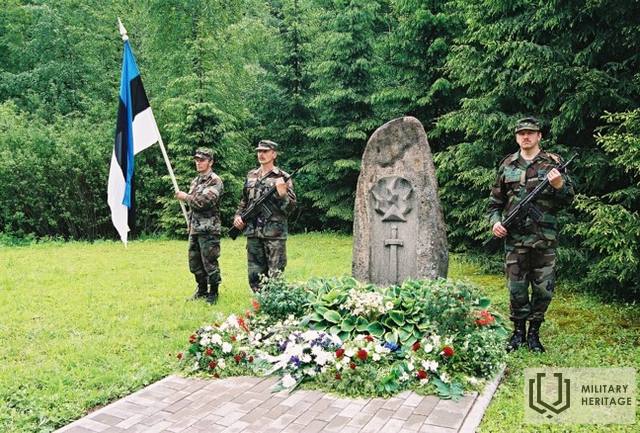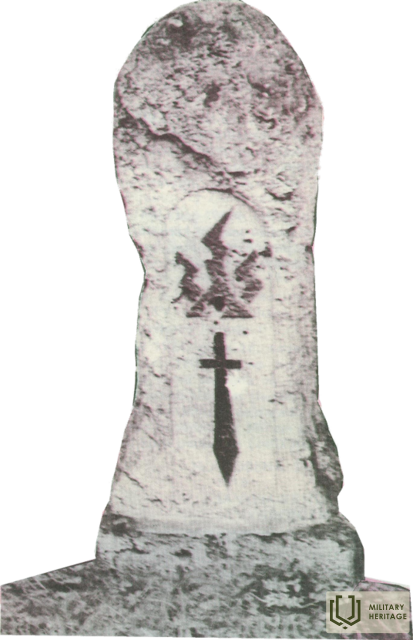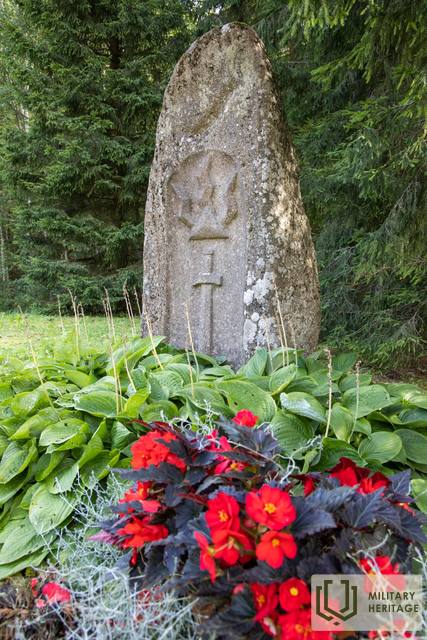Paminklas Nežinomam Nepriklausomybės karo kareiviui
Memorialinė vieta

Karių garbės sargyba prie nežinomo latvių kareivio kapo prie Ierikų Drabešių valsčiuje. Naujai sukurtas paminklas atidengtas 1988 m. lapkričio 11 d. Paminklo autoriai – skulptoriai Maija Baltiņa ir Andrejus Jansons. Šaltinis: Tālis Pumpuriņš, Jānis Bahmanis, Cėsių istorijos ir meno muziejus
Įkeliama...
57.2134,25.1799
Vidzemes šosejas 74. kilometrā, Drabešu pagasts, Ieriķi, Cēsu nov., Latvija

 74
74



Panaudoti šaltiniai ir literatūra:
Lismanis, J. 1915–1920. Mūšių ir žuvusių kareivių atminimui: Pirmojo pasaulinio karo ir Latvijos išsivadavimo kovų memorialinės vietos. Ryga: NIMS, 1999
https://karavirukapi.blogspot.com/2020/02/drabesu-pagasta-vidzemes-sosejas-74.html
Susijusi laiko juosta
Susijusios temos
Susijusi istorija
Cėsių mūšio pradžia, eiga ir pabaiga
Pergalė Cėsių mūšyje turėjo tapti lūžio tašku Latvijos ir Estijos kovoje už savo šalies nepriklausomybę. Ši pergalė sustabdė Andrijevo Niedros vyriausybės ir vokiečių generolo Rüdigerio fon der Golco planus užkariauti Pabaltijį. Vietoj to, Liepojoje savo veiklą atnaujino Karlio Ulmanio vadovaujama Laikinoji Latvijos vyriausybė.








